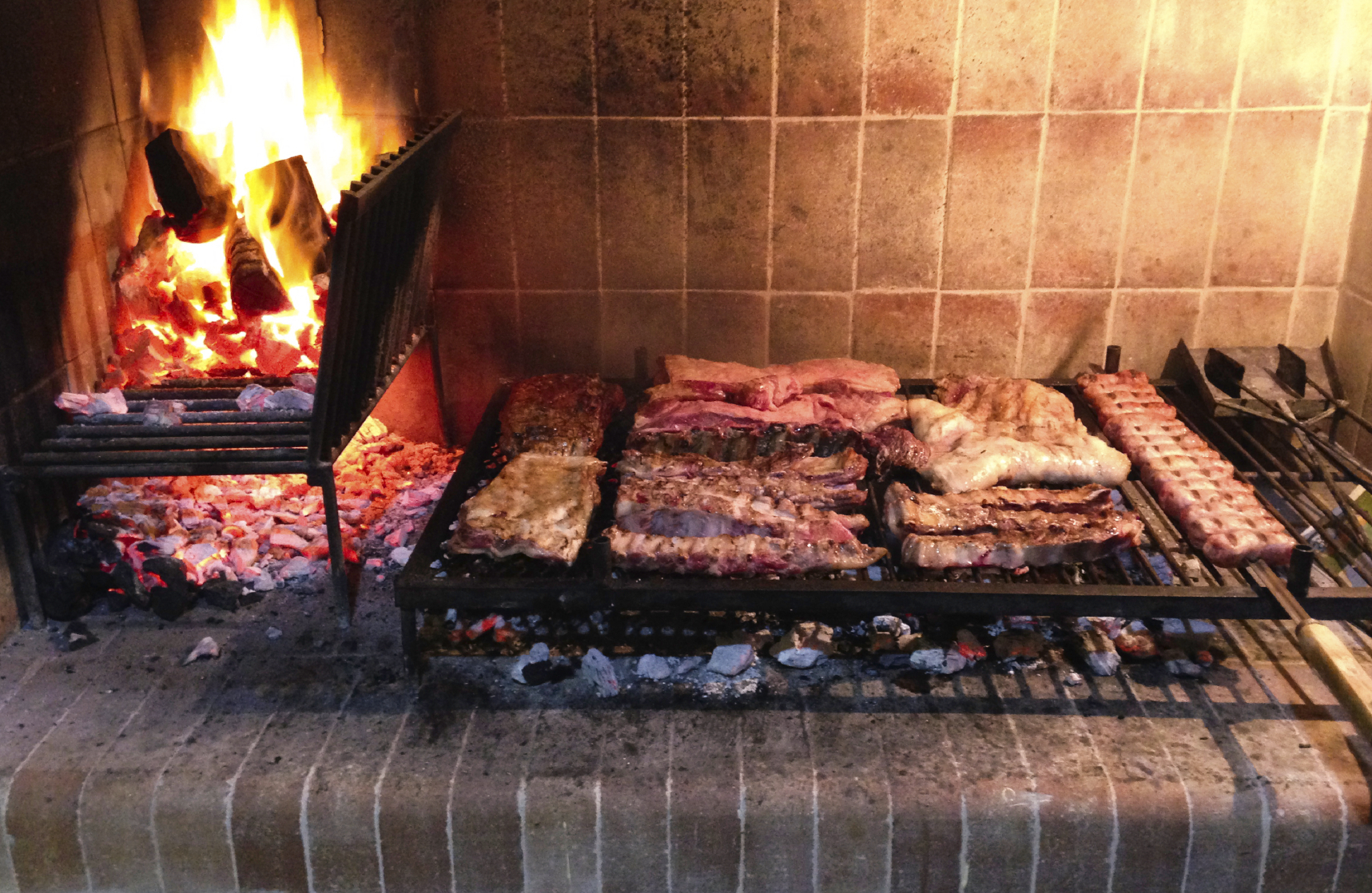The Origins of Asado Style & Parrilla Grilling
When we think of Argentine cuisine, we think of beef. The Spanish brought cattle to Argentina in the 1500s, and beef has been a key part of the national cuisine ever since.
But just as important to this equation is the asado.
We’d call it “the Argentine version of the cookout,” but that only sort of does it justice.
It’s actually a practice that goes deep into the country’s history, men known as gauchos—legendary cattle wrangling figures – cooked their meals on makeshift grills which were the original parrilla grills.
As Daniel Duane wrote in Men’s Journal, Argentine beef is much different than the beef we get from American cows. Cattle in Argentina traditionally grazed on wild grasses, leading to a flavorful, ultra-lean meat.
“Since corn-fed American cattle produce a beef so marbled with saturated fat and so buttery-soft and mild-tasting, our grilling has gravitated toward a blast of initial heat that provides a crunchy texture and charred flavor on the outside while leaving the inside juicy and tender,” Duane says.
The gauchos took a different route: cooking over the low, even heat generated by embers, with no direct flame touching the steak.
Eventually this tradition migrated out of the grasslands into Argentinian homes. Today, asado means something more. It’s a social event, similar to the big family Sunday dinners some of us grew up with. Family and friends gather to enjoy various cuts of slow-cooked meats.
And instead of the typical propane grill, an asado meal is cooked over a parrilla, a grill heated with wood or coals. Beef is the star of the meal, of course, but menus can also include chorizo, sweetbreads, kidneys and chicken.
How does asado differ from barbecue?
Are you interested in turning your next BBQ into an asado? Consider these tips:
Remember two words: Slow and low. In other words, cook slowly, and over a low heat. You should let the flames die down all the way and cook over coals.
If you have wood, use it instead of charcoal. It will give you a much better flavor.
You’ll want to go easy on the seasoning: add some salt and pepper before grilling, and toss some fresh herbs onto the coal to augment the flavor. Some food bloggers suggest salting the meat late in the cooking stage for added juiciness.
After the meat has rested and you’re ready to serve, add some savory sauces. Chimichurri is to the asado as barbecue sauce is to the American cookout.
Now that we’ve covered those tips, let’s go back to Men’s Journal for their asado steak recipe.
You’ll need 10 to 12 ounces of grass-fed beef for each person, along with some coarse sea salt.
Light your grill and remember that you’re cooking over coals, not flames. Let the coals ash over completely before you start to cook. The recipe says you should use a medium-heat fire, one where you can hold your hand one inch off the grill bars for 2.5 seconds.
Cook the beef gently. You shouldn’t add salt at first, because this will dry out the meat. Instead, grill the steak for three minutes, flip it, and salt the grilled side.
Rotate the steak every few minutes for a total cooking time of 12 minutes. Use a squirt bottle to make sure no flame or smoke touches the meat.
It’s important to let any steak rest, but even more important with superlean grass-fed meat. Cut too early, and all of the juices will escape the steak. Let the steak rest for 15 minutes after you take it off the grill.
Learn more about parrilla grilling in PA
If you’re ready to cook like you’re in Buenos Ares, contact Gaucho Grills. We’ve designed our grills with the traditional parrillas in mind, meaning that grillers have more room to cook. We can help you turn your next backyard cookout into a true asado.

